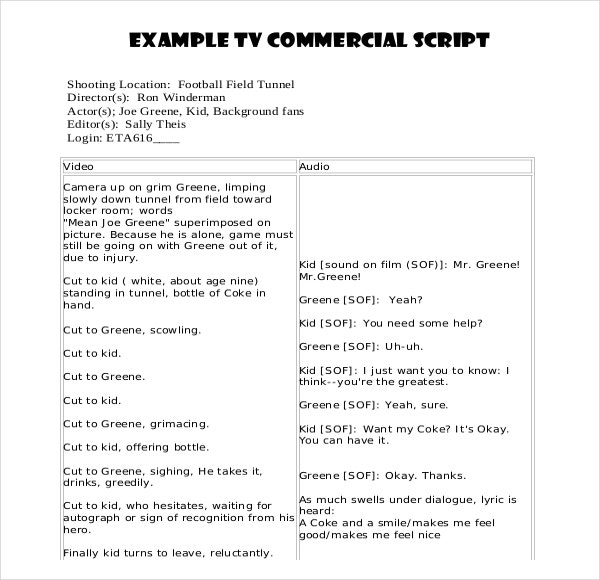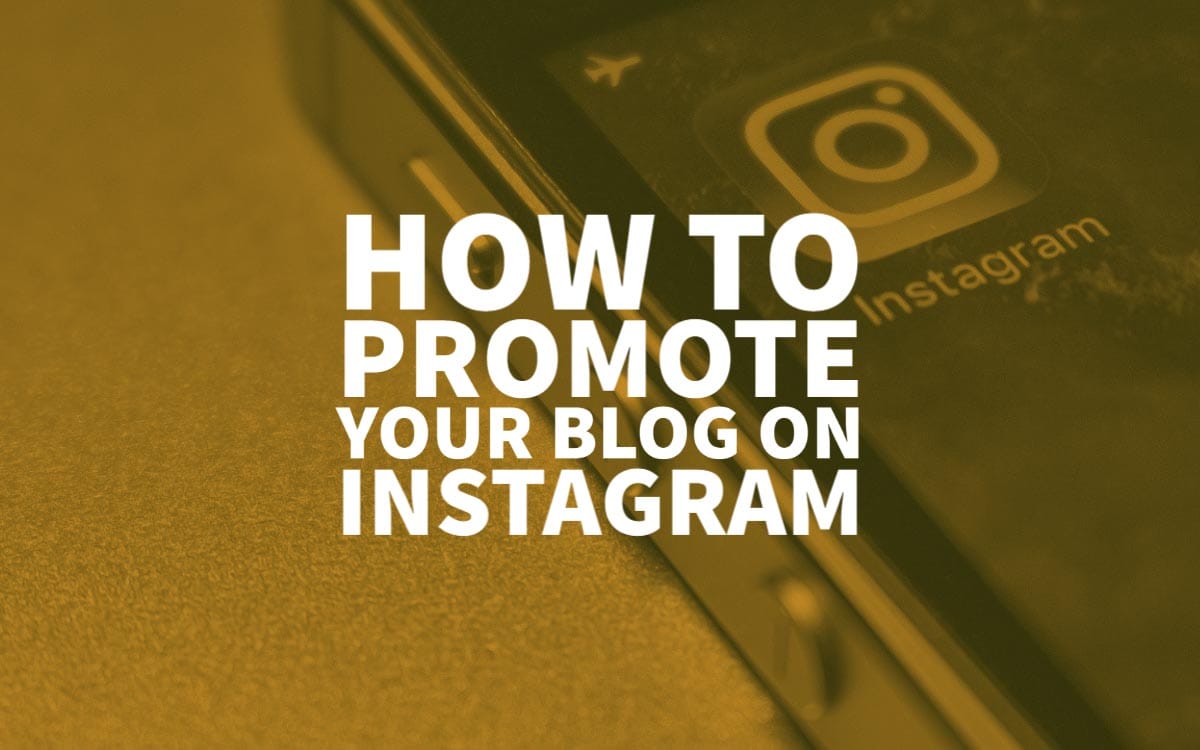
An effective advertisement must satisfy a consumer's desire to buy a product. Consumers are driven by emotions and long for the right product. These emotions and facts must be balanced in an advertisement. To achieve this balance, students need to use a balanced analysis. In the bibliography, they should mention the author. Students should also include the citation in their work. This assessment is an essential part of advertising class. For more information contact your instructor.
Eye-catching graphics
Graphic design is an essential component of an effective advertising campaign. Graphic design is essential for an effective advertisement. Adverts should be visually appealing with attractive fonts and colors. These are some ideas for creating eye-catching ads. A compelling image will be more effective than an ineffective ad. Make sure your images are high quality and photographed in the best light. If possible, shoot your images yourself and use a steady hand to hold the camera.

The body copy of your advertisement should explain your offer. You should strike a balance between clarity, conciseness, and simplicity to convey your message clearly. When promoting a subscription offer, for example, it is important to clearly describe the offer, subscription types, and how to subscribe. You can grab people's attention by using memorable graphics. Use graphics that are consistent with your brand and avoid cluttering or overbearing content.
Credible message
An effective advertising campaign can include a credible message. For utilitarian products, credibility can be especially effective. A credible expert can convince a consumer to buy the product even if they are not fully informed about it. The credibility of the source can be made more credible by making the advertisement stand out. These are some of the most common methods for crafting a credible message. You'll be able to craft a more persuasive advertisement once you master these techniques.
The chances of the message being remembered are higher when it is credible. For instance, if a source's name is not familiar to a consumer, they will be less likely to recall it. A credible message reduces the chance of misattribution of untrue sources. Similarly, if a source is untrustworthy, it will likely be forgotten after a short period of time. The result of this study suggests that labeling a source as untrue has only a transient effect.
Consistency
If you're looking for an edge over your competitors, consistency is key. Consistency is key if you want to be more successful than your competitors. However, if you have been advertising on radio and television for many years, you will likely notice a change. The same principle applies to digital advertising. Consistency fosters a sense of familiarity among your target consumers. Consistency is key to your messaging.

A consistent offering of the same product to every customer will result in better brand recognition. Consumers buy from brands they recognize, and a consistent marketing campaign builds this trust. In addition to increasing brand recognition, you'll also boost customer satisfaction. Customers will be more inclined to buy from you if you are trustworthy, regardless of whether you are advertising a product/service. You can't be a big business or small, but consistency is key to your success.
FAQ
What is affiliate market?
Affiliate marketing is an internet business model in which you refer customers to other products and services. You get paid by the product owner when someone buys from them.
Affiliate marketing is based on referrals. You don't have to do anything special for people to buy from you. You just need to refer them to our website.
You can make money without doing any hard selling at all. It's as simple to sell as to buy.
Even affiliate accounts can be set up in just minutes.
You will get more commission if you refer more people.
There are two types of affiliates:
-
Affiliates who have their website owned by them
-
Affiliates that work for companies offering products and services.
What do you need to know about radio advertising?
You should understand how the different types of media affect each other. All media forms can be considered complementary, rather than competing.
Radio is best used as an extension of television advertising. Radio can complement TV advertising by reinforcing key messages, and providing additional information.
Radio listeners may find TV commercials too long. Radio ads are generally shorter and less expensive.
How do I choose my target market?
Begin by talking to yourself and people close to you. Ask yourself "Who am I trying reach?" if you aren't sure where to start.
Ask yourself these questions: Who do you consider the most influential in your industry? What are the problems they face daily? Who are the smartest people in my industry? You can find them online.
Rewind to the beginning, when your business was founded. Why did you begin? What problem did you solve for yourself, and how did you do it?
These answers will help to identify your ideal clients. This will allow you to learn more about your ideal customers and their motivations for buying from you.
To get clues about who they cater to, you can also check out your competitors' social media pages and websites.
Once you identify your target customers, then you must decide which channels to use to reach these people. An example: If you provide services to realty agents, you may create an informational website for home buyers.
You could create a blog if you offer software to small business owners.
A Facebook page for teens could be set up if you are a clothing seller. Or if you're a restaurant owner, you could set up a Twitter account for parents looking for kid-friendly places to eat.
It is important to remember that there are many methods of getting your message across.
What do you need information about print advertising
Print advertising is a good medium to communicate effectively with consumers. Print advertising is used by many companies to promote their products and services. Its main purpose is to grab the attention of consumers.
Print ads are typically short (1 page) and usually include text, photos, logos, or other graphics. They can also include sound and animation as well video and hyperlinks.
The following categories are the most common types of print advertisements:
1. Brochures - These are large format printed pieces designed to attract people into stores. Brochures often feature eye-catching designs and colorful photos.
2. Catalogues: These are smaller versions or brochures. They are sent to customers who have requested specific information.
3. Flyers – These are tiny pieces of paper distributed at events like concerts or fairs. They can be given at retail outlets but must be paid for.
4. Flyers are also available in posters. They are placed on walls, fences, buildings and other surfaces. They are usually made using computer software programs, which is designed to draw the eye of passersby.
5. Direct mail - These are letters or postcards that are sent directly to potential customers. These cards are sent by companies periodically to remind their customers about their company.
6. Newspaper Ads - These advertisements are found in newspapers and magazines. These are typically quite long and often contain text as well images.
What is an ad campaign?
A campaign is a series advertising messages that are designed to promote a product. It could also refer the entire production of such advertisements.
The Latin word "to sell" gave rise to the term "ad". Marcus Terentius Varro, 116-27 BC, was the first to use it. He used it as a verb that meant "to make a sales."
Advertising campaigns are usually done by large companies and agencies. Advertising campaigns can involve many media types, such as television, radio, print, and the internet.
Advertising campaigns last several months and are usually focused on specific goals. One example is that some campaigns seek to create awareness while others are more focused on increasing sales.
What are the basics of internet advertising?
Internet advertising has become an integral part any business strategy. It helps companies reach potential customers at a low cost. There are many forms of internet marketing. Some are free while others may require payment.
You can also advertise online using banner ads, pop up ads, search engine optimization, pay-per-click advertisements (PPC), social media marketing (e-mail marketing), and mobile marketing. Each method offers its own advantages and disadvantages.
Advertising: What is it?
Advertising is an art form. Advertising isn't just about selling products. It's all about creating emotional connections between people with brands.
Advertising is about telling stories and using images to communicate ideas.
You have to make sure you are communicating clearly and persuasively. It is important to share a story that appeals to your target audience.
Advertising is therefore different from other forms such as presentations, writing, and public speaking.
By creating a successful campaign, you can create your brand identity.
This is how you make yourself memorable. You become someone that people remember.
Statistics
- Nonetheless, advertising spending as a share of GDP was slightly lower – about 2.4 percent. (en.wikipedia.org)
- Worldwide spending on advertising in 2015 amounted to an estimated US$529.43 billion. (en.wikipedia.org)
- Google will display whichever ad type (CPM or CPC) is expected to earn more revenue for the publisher, which is in Google's best interest since they take a 32% share of the revenue. (quicksprout.com)
- This means that at least 50% of an ad needs to be shown on the screen for at least one second. (quicksprout.com)
External Links
How To
How to put ads on your website
An essential part of any company is advertising. They allow you to reach potential customers and keep them coming back.
Advertisements allow you to promote products and services without spending money.
Google Adsense allows you to display text or image ads on your blog, website, forum or other online content.
Google Adsense allows you to earn revenue from each click on ad links displayed on your site. Set up your ads without writing any code.
To get started, just sign up for a free account at www.google.com/adsense. Follow these steps to get started:
-
Use the Ad Builder tool to create your ads. You can create different ads using the tool, including text, images and video ads.
-
Once you've created your ads and uploaded them to AdSense, To do this, select "Upload" under the "My Ads" section in the left-hand navigation bar.
-
Next, add keywords related to your product or service so that your ads appear in search results relevant to your niche.
-
Finally, copy and paste your ads into the appropriate areas of your website. After all these steps are completed, your ads should be automatically added to your site.
-
Visitors will be directed to your site if they click on any of your ads.
-
You earn when someone clicks an AdSense advert.
-
You can view reports showing the performance of your ads by going to the My Account tab in the top right corner of your AdSense dashboard.
-
You can also save your earnings as CSV files.
-
If you wish to increase your earnings, make adjustments to your ads.
-
Finally, you can pause or delete your ads at any time.
-
We are available to answer any questions.